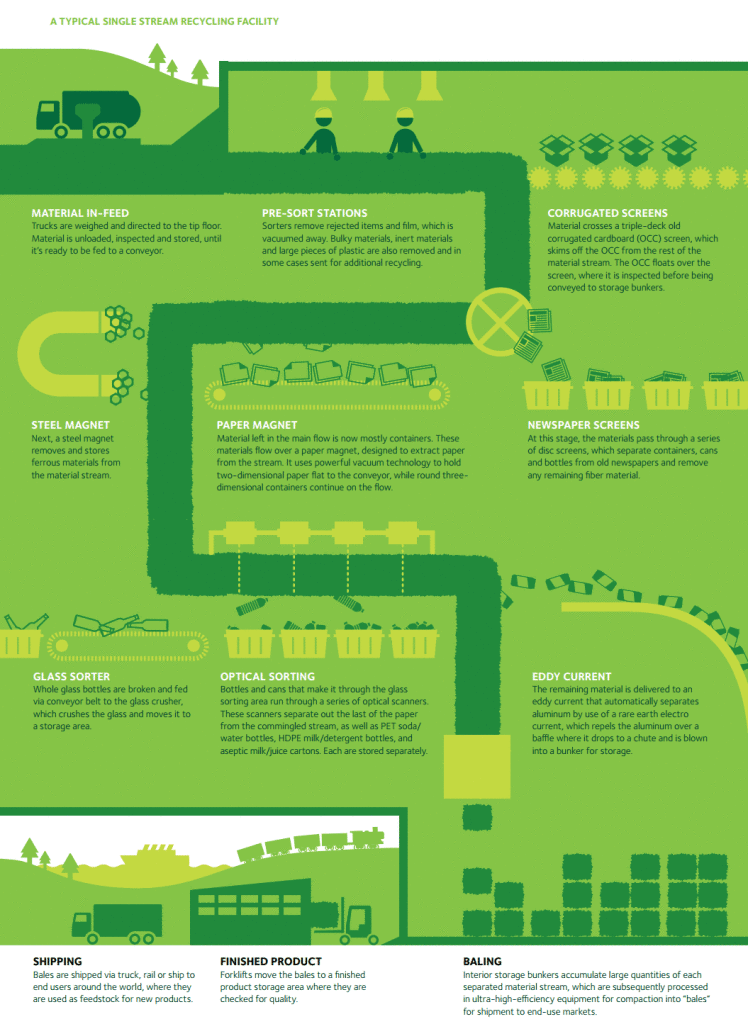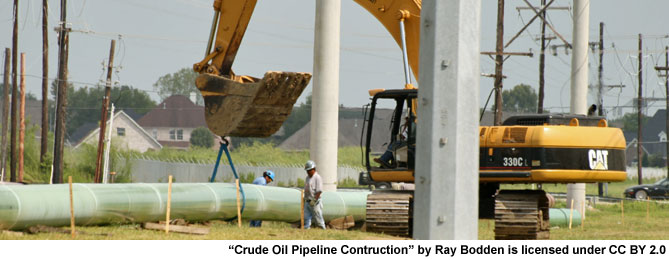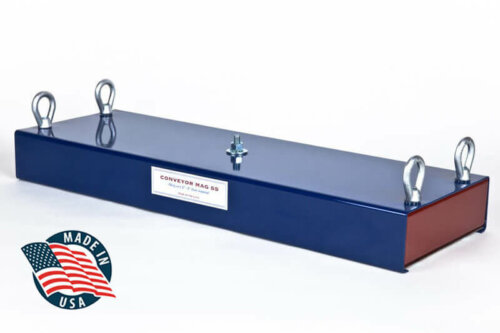
Belt Magnets Play Role in Company’s Sustainability Initiative
This week, the most raucous, fan-friendly event on the PGA Tour takes place in Arizona: The Waste Management Phoenix Open. Whether you’re following Tiger Woods from tee to tee or enjoying the spectacle that is the 16th hole, think about this: Zero waste is being generated at the event.
The zero waste goal is nothing new to title sponsor Waste Management. The system in place at the Greenest Show on Grass is really a scaled down model of sustainability efforts at their landfills and other facilities.
Zero waste means that virtually everything destined for a landfill can have a second life. Imagining a world without landfills seems like something out of a science fiction novel, but Waste Management is on its way to making it a reality. By 2013, recycling represented the majority of the company’s non-collection revenues, marking a trend that as the company’s latest sustainability report points out, “the world is beginning to view waste differently.”
Second Act
Most of what ends up in a landfill can have a second life; virtually everything from the organic materials to worn out electronics can be mined and recycled into something useful again.
In 2013, Waste Management recycled 12.4 million tons of aluminum, cardboard, scrap metal, plastic, wood pellets and glass. Metal accounted for 724,610 tons of that total! The company estimates that the effort saved:
- 43.3 billion kilowatt-hours of electricity
- 123 million mature trees
- 62.7 million gallons of water
- 38.6 million cubic yards of landfill space
- 29.8 million metric tons of CO2 emissions
Those numbers are nothing short of commendable.
Here’s what a typical single stream recycling facility looks like. Belt magnets play an important role in separating ferrous metals from other materials in the stream (click on image to enlarge):








